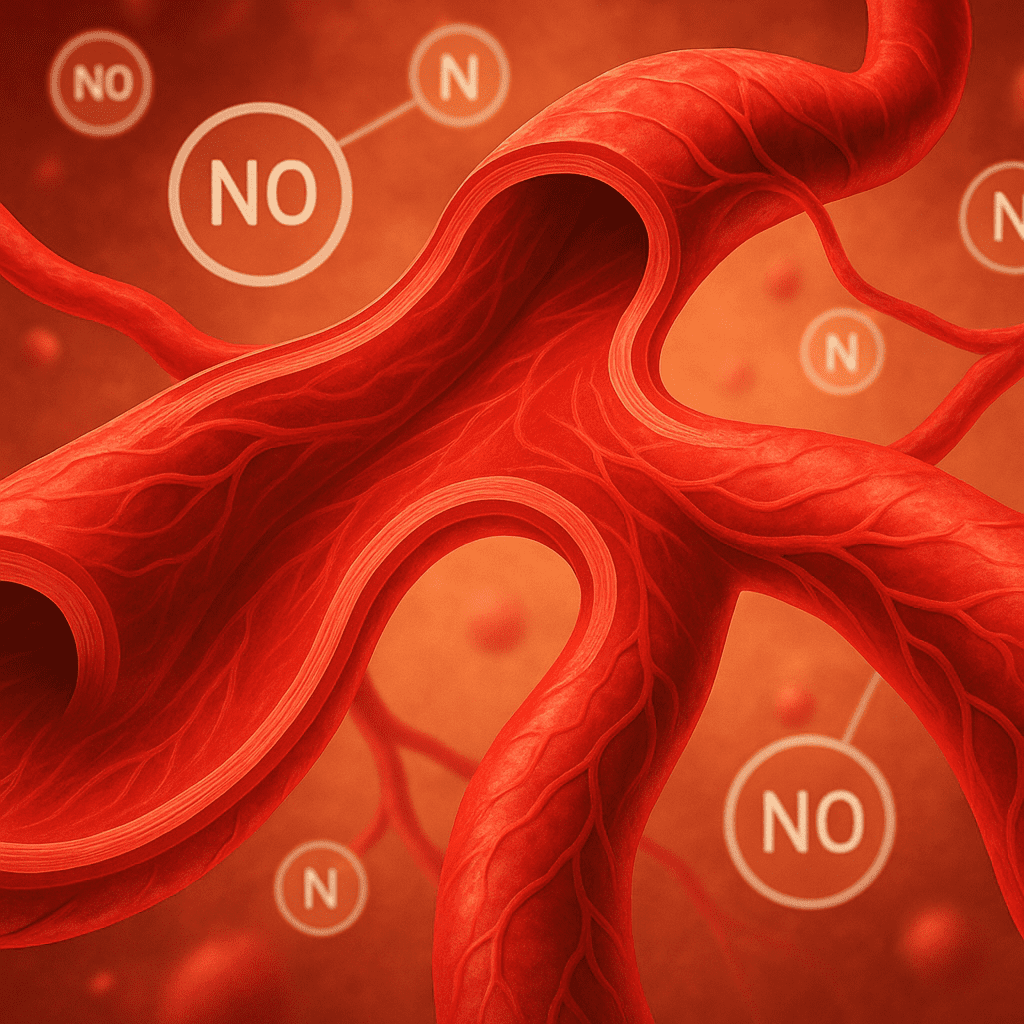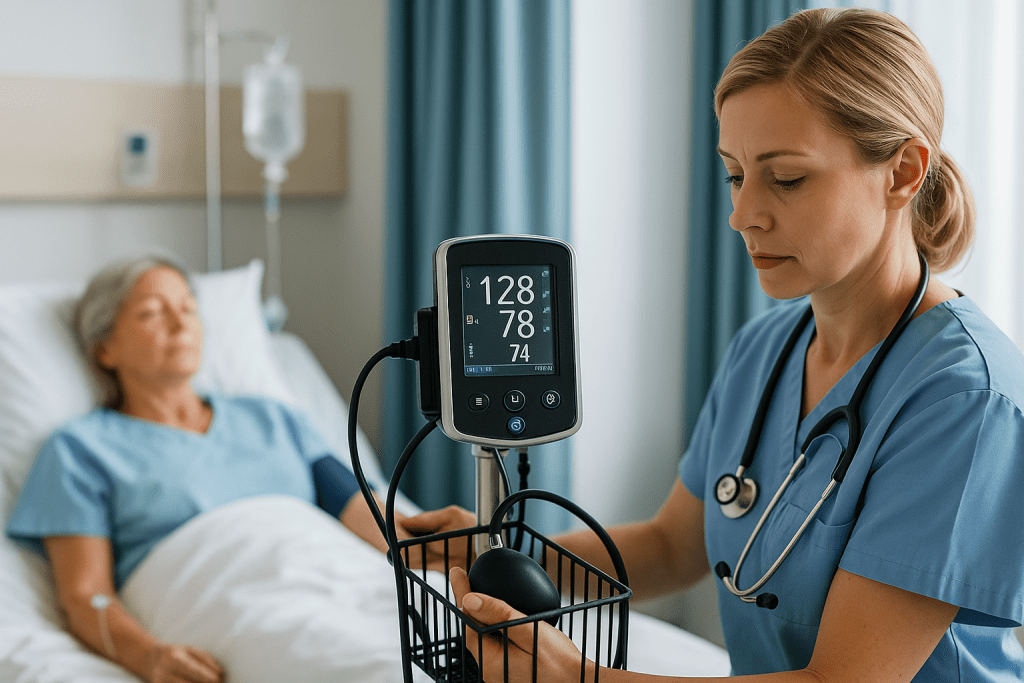
Can NAC Amplify Nitroglycerin’s Effects on Blood Pressure?
- Yes, N-acetylcysteine (NAC) can enhance nitroglycerin’s vasodilatory effects by supporting nitric oxide release.
- This synergy can improve angina relief but may also intensify blood pressure drops if not carefully dosed.
- Dosage: NAC is typically infused intravenously in high doses alongside low-dose nitroglycerin.
- Benefits include reduced nitrate tolerance, smaller infarct size, and enhanced microvascular dilation.
- Risks: Hypotension, headaches, and anaphylactoid reactions require close monitoring.
Summary: The NAC nitroglycerin interaction offers powerful therapeutic potential in cardiovascular care, especially for angina and acute coronary syndromes. However, this vasodilation synergy demands precise dosing and safety monitoring.
Understanding the NAC and Nitroglycerin Synergy
How Nitroglycerin Works
Nitroglycerin (glyceryl trinitrate) is a long-standing treatment for angina and heart failure. It acts as a prodrug, releasing nitric oxide (NO) after enzymatic bioactivation. This NO causes smooth muscle relaxation, leading to vasodilation and reduced cardiac workload.
The primary enzyme in this process is mitochondrial aldehyde dehydrogenase (mtALDH). But continuous nitroglycerin use often results in nitrate tolerance, making it less effective over time.
NAC’s Role in Vasodilation
N-acetylcysteine, widely known as a mucolytic and antidote for acetaminophen toxicity, also acts as a sulfhydryl donor. These thiol groups are critical for nitroglycerin bioactivation.
NAC helps restore these thiols, allowing nitroglycerin to be more efficiently converted into active vasodilators like nitrite and S-nitroso-NAC, which relax blood vessels and reduce platelet aggregation. This NAC vasodilation synergy is especially useful in venous and small resistance vessels, not just large arteries.
Preventing Nitrate Tolerance
Research from the Journal of Clinical Investigation and Circulation shows that NAC:
- Reactivates mtALDH suppressed during prolonged nitrate use
- Scavenges reactive oxygen species (ROS) that damage enzymes
- Replenishes depleted thiol reserves, crucial for nitroglycerin activation
One study in Circulation Research found that NAC preserved nitroglycerin-induced venodilation and prevented tolerance after 24 hours of co-administration.
Dosing Guidelines for NAC and Nitroglycerin Combination Therapy

NAC Dosing Protocols
In hospital settings, intravenous NAC is preferred. Common regimens include:
| Setting | NAC Dosage |
|---|---|
| Acute care | 2 g IV over 15 mins, then 5 mg/kg/hr |
| Angina treatment | 5 g IV every 6 hours |
| Extended infusion | 20 mg/min for 1 hour, then 10 mg/min for 24–48 hrs |
NAC’s high dose potentiates nitroglycerin’s action but also raises risks like hypotension.
Adjusting Nitroglycerin Dose
When paired with NAC, nitroglycerin is usually administered at lower doses:
- 2.5–10 μg/min IV is the common starting point
- Higher doses increase the risk of severe hypotension
This balancing act is critical to avoid over-sensitization while maintaining efficacy.
Key Safety Considerations
Hemodynamic Monitoring
Because the NAC and nitroglycerin combination can dramatically lower blood pressure, continuous monitoring of blood pressure and heart rate is vital. The effects are often dose-dependent and can emerge quickly.
Side Effects and Risks
- Headaches: Reported in up to 35% of patients, often due to enhanced vasodilation
- Anaphylactoid reactions: Rapid-onset flushing and rash, especially during loading doses
- Volume overload: Patients with heart failure must be assessed for fluid tolerance
Clinicians should also monitor liver and kidney function, electrolytes, and coagulation markers before initiating therapy.
Contraindications and Drug Interactions
- Avoid in unstable hypotension or uncorrected hypovolemia
- Use caution in patients with bronchospasm or asthma
- According to the Texas Health and Human Services monograph, this is a major drug interaction, especially in elderly or frail patients
Also consider potential risks similar to those seen when combining potassium supplements and ACE inhibitors, which can cause dangerous blood pressure and electrolyte shifts.
Clinical Applications: Where NAC and Nitroglycerin Shine
Treating Acute Myocardial Infarction
In the NACIAM trial published in Circulation, high-dose NAC combined with nitroglycerin during PCI reduced infarct size by 5.5% and nearly doubled myocardial salvage.
This combination also reduced oxidative stress, increasing glutathione (GSH) levels and decreasing lipid peroxidation.
Managing Unstable Angina
For patients unresponsive to standard angina therapy, studies on PubMed and NIH.gov show that NAC paired with nitroglycerin lowered the risk of progressing to myocardial infarction.
This synergy provides a reliable fallback strategy in high-risk cardiovascular patients.
Enhancing Microvascular Circulation
NAC’s impact appears strongest in venous and small resistance vessels, rather than large arteries. Research in the American Heart Association Journal highlights this localized enhancement, likely due to NAC restoring sulfhydryl groups in microvascular regions.
This has implications for improving subcutaneous blood flow and peripheral perfusion in cardiac patients.
When to Avoid or Adjust Therapy
| Situation | Recommendation |
| Severe hypotension | Delay or reduce nitroglycerin dose |
| Asthma or bronchospasm | Avoid NAC or use with respiratory monitoring |
| Low body weight (<40 kg) | Adjust fluid volume in NAC infusion |
| Hepatic/renal impairment | Perform full metabolic panel before initiating |
Always involve a cardiologist or specialist when planning combined NAC and nitroglycerin treatment. This is not a DIY therapy and must be managed by experienced professionals.

Final Thoughts
The NAC nitroglycerin interaction offers powerful therapeutic synergy, especially in managing angina, acute MI, and vascular dysfunction. NAC replenishes sulfhydryl groups, prevents nitrate tolerance, and enhances nitroglycerin’s vasodilation effect.
Yet, this synergy can be a double-edged sword. Without careful dosing and monitoring, patients face risks like hypotension, headaches, and fluid overload.
For optimal results, high-dose NAC and low-dose nitroglycerin should be used in tandem under close supervision. This pairing is especially promising for patients who don’t respond to conventional angina medication.
Interested in related topics? Explore how licorice root supplements and diuretic depletion can impact cardiovascular therapy.

